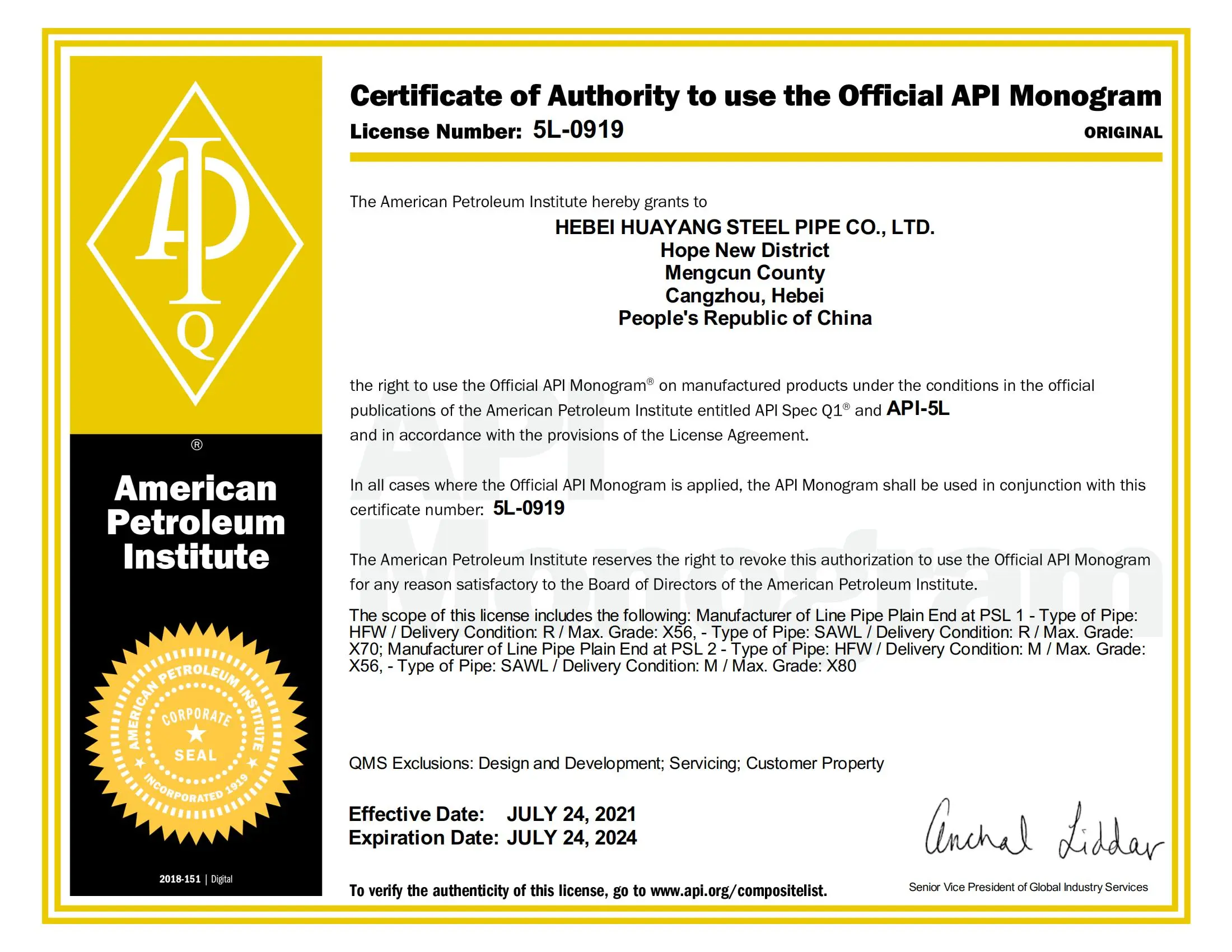
Dùbh . 05, 2024 14:58 Back to list
hpmc vs hec
HPMC vs HEC A Comparative Study of Hydrocolloids
Hydrocolloids are crucial components in various industries, including food, pharmaceuticals, and cosmetics. Two of the most commonly used hydrocolloids are Hydroxypropyl Methylcellulose (HPMC) and Hydroxyethyl Cellulose (HEC). Both are cellulose derivatives, yet they exhibit distinct properties and applications. In this article, we will explore the differences, similarities, applications, and advantages of HPMC and HEC, providing insights into their unique roles in various fields.
Chemical Structure and Properties
HPMC is derived from cellulose through the introduction of hydroxypropyl and methyl groups. This modification enhances its solubility in water and improves its ability to form gels. HPMC is characterized by its ability to provide viscosity and stability in solutions, making it an excellent choice for thickening agents and emulsifiers. It is also thermally reversible, meaning it can form gels upon cooling, which is beneficial in many applications.
On the other hand, HEC is produced by reacting cellulose with ethylene oxide, resulting in the introduction of hydroxyethyl groups. HEC is known for its water-retaining properties and is more soluble in cold water compared to HPMC. It also displays excellent moisture retention, making it popular in cosmetic products and personal care formulations. While both HPMC and HEC exhibit thickening properties, HEC generally provides a slightly lower viscosity than HPMC.
Applications
The applications of HPMC and HEC vary significantly due to their distinct properties. HPMC is widely used in the pharmaceutical industry as a binder and coating agent in tablets and capsules. Its ability to form controlled-release formulations makes it highly valuable for drug delivery systems. Additionally, HPMC is utilized in construction materials as a thickening agent for mortars and plasters, enhancing their workability and adhesion.
hpmc vs hec

In the food industry, HPMC is employed as a stabilizer and emulsifier in products like sauces, salad dressings, and dairy products. Its ability to create stable dispersions and improve texture makes it a preferred ingredient among food manufacturers.
Conversely, HEC is predominantly used in cosmetic and personal care products. It acts as a thickening agent and film-forming agent in lotions, creams, and hair products. Its excellent water retention properties make HEC ideal for formulations designed to provide moisturizing effects. Moreover, HEC is also employed in the oil drilling industry as a viscosifier in drilling fluids, ensuring better control over fluid characteristics.
Advantages and Environmental Impact
One of the significant advantages of both HPMC and HEC is their non-toxic and biodegradable nature. They are derived from natural cellulose, making them safe for use in various applications, particularly in the food and pharmaceutical sectors. With growing concerns over synthetic polymers and their environmental impact, the shift towards natural alternatives like HPMC and HEC aligns with sustainable practices.
HPMC's ability to form gels under specific conditions allows for innovative formulations in both food and pharmaceutical applications. Additionally, HEC’s high water retention capacity directly contributes to improved skin hydration in cosmetic products, enhancing user satisfaction.
Conclusion
In summary, while HPMC and HEC share some fundamental characteristics as cellulose derivatives, they differ in their chemical structures and properties, leading to distinct applications in various industries. HPMC excels in pharmaceuticals and food, offering thickening and gel-forming capabilities, while HEC caters to the cosmetic industry with its superior moisture retention properties. As industries continue to seek natural and biodegradable alternatives to synthetic additives, both HPMC and HEC provide valuable solutions that contribute to product stability and performance. Understanding the nuances between these two hydrocolloids can aid manufacturers in selecting the appropriate ingredient for their specific applications, ultimately enhancing product quality and consumer satisfaction.
-
Versatile Hpmc Uses in Different Industries
NewsJun.19,2025
-
Redispersible Powder's Role in Enhancing Durability of Construction Products
NewsJun.19,2025
-
Hydroxyethyl Cellulose Applications Driving Green Industrial Processes
NewsJun.19,2025
-
Exploring Different Redispersible Polymer Powder
NewsJun.19,2025
-
Choosing the Right Mortar Bonding Agent
NewsJun.19,2025
-
Applications and Significance of China Hpmc in Modern Industries
NewsJun.19,2025







